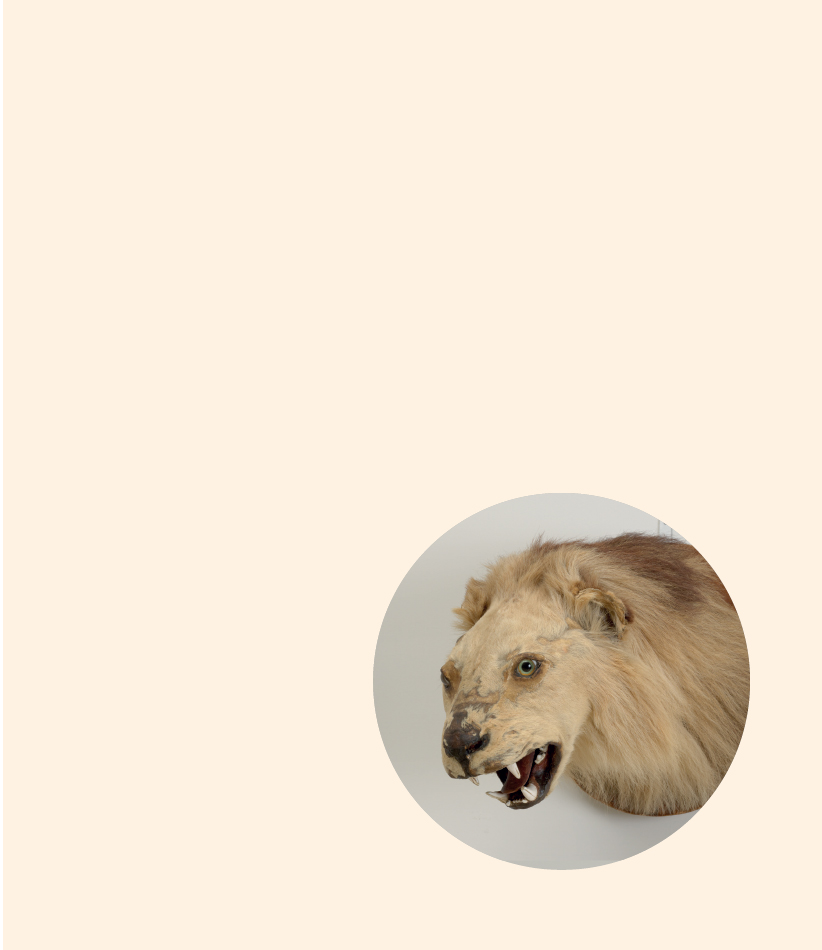
‘The Fighting Lion Dies in His Cage’
The lion, ‘John Burns’, which died in Messrs Fitzgerald Brothers’ Circus at Launceston some days ago, was known throughout the profession as the ‘fighting lion’, and he well earned his reputation. He possessed a remarkably bad and savage temper, and his keepers had very lively times with him, some of them bearing marks of wounds inflicted by him which they will carry to their graves. He was born in the Sydney Zoo about seven years ago, and was purchased there by Messrs Fitzgerald Brothers; in fact, he was the first animal secured by them for show purposes, and at a time when the brothers little imagined that they would get together the fine collection of animals now comprising their menagerie. The spectacle of a trainer entering a huge iron cage and putting a fierce lion through his performances is always a thrilling one, but ‘John Burns’ in particularly morose moods sometimes treated the audiences to highly sensational displays. One of the most notable of these was at Albury some years ago when Captain Humphries was in the cage with him. He fiercely attacked the captain, and the terrified audience witnessed a remarkable fight for supremacy—blind rage on the side of the lion against the pluck and strength of a man fighting for his life, which was only saved by timely assistance, but not before Humphries had been dreadfully mauled about. So frequent and violent were the animal’s attacks on his keepers that it used to be said by the owners he carried a sample of each in his internal economy.
Many months ago he received a scratch in the eye, inflicted by his sister Queenie, a painting of whom by Mr Stodart is now exhibited in the New South Wales National Gallery. The injury to the eye extended to the other eye, and he used to spend nearly the whole of each day restlessly walking up and down his cage, and perfectly blind.
The disease went to his brain, and some weeks ago he sickened to such an extent that it was evident he would not last long. He was treated by Messrs Fitzgerald Brothers with the greatest kindness, and in his last hours his fierceness entirely deserted him. He would allow his keeper to caress him, and although evidently in great agony, showed keen appreciation of the attentions he received.
The post-mortem revealed the fact that death resulted from inflammation of the brain. The skin will be presented to the Hobart Museum.